Do-It-Yourself Stone Counters
Softer and highly polishable, soapstone can be an excellent choice for a stone counter
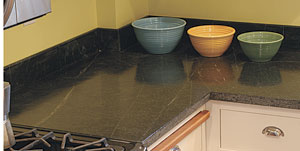
When my wife and I decided to remodel our kitchen, I planned to do most of the work but intended to leave the stone countertops to the pros. Then I came across soapstone, which can be worked with ordinary woodworking tools.
Soapstone is heavy. A 30-in. by 84-in. slab weighs over 300 lb., so fabrication is a two-person job. I decided to avoid a $250 delivery fee by fetching the soapstone from the warehouse in my pickup truck. The staff there recommended against laying the slabs flat in the truck bed, so I made a simple plywood A-frame rack and strapped the slabs to it for the two-hour drive home.
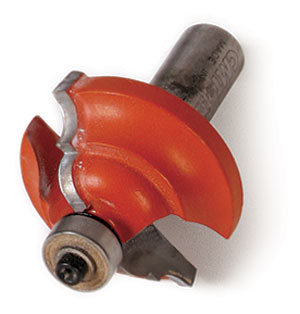
Cutting and shaping the stone was easy, but messy. Be sure to wear a respirator mask. A diamond masonry blade in my old circular saw handled all the straight cuts but produced clouds of dust. Smoothing minor chipout and scoring along the sawn edge went quickly with 120-grit sandpaper (which dulled just as quickly). I drilled holes with a carbide-tipped hole saw and cut curves with a carbide-grit, masonry-blade-equipped jigsaw. I used carbide bits to rout the edge and tinted epoxy to fill the seams.
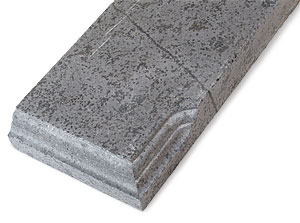
Soapstone is softer than granite and can be polished to a higher gloss than marble. It is also much less porous than both, so it doesn’t need to be sealed to prevent stains. Most soapstone is grayish with white mineral streaks and a slightly textured surface. It develops a darker patina with use; applications of mineral oil can give it a rich black look. I didn’t care for the greasy feel of mineral oil, so I used boiled linseed oil (www.triedandtruewoodfinish.com), which dries hard. Our counters still look great a year later.
For more information, visit www.soapstones.com.
Photos by: Krysta S. Doerfler, except where noted


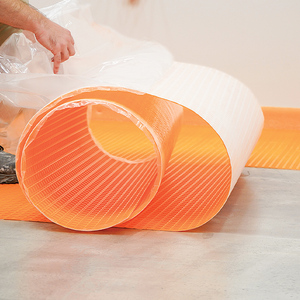
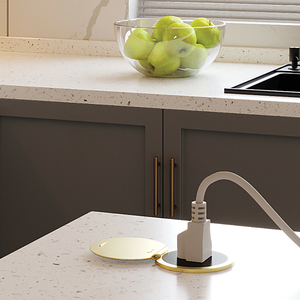
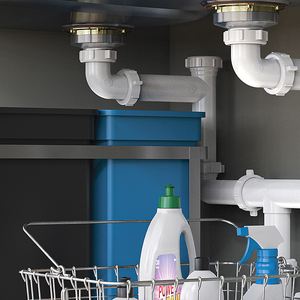




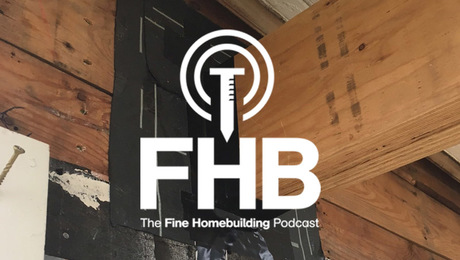
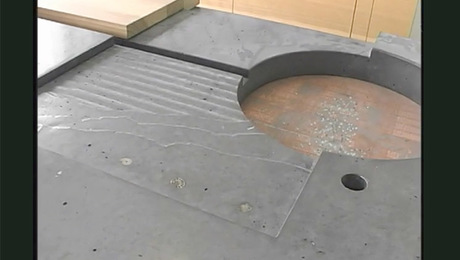
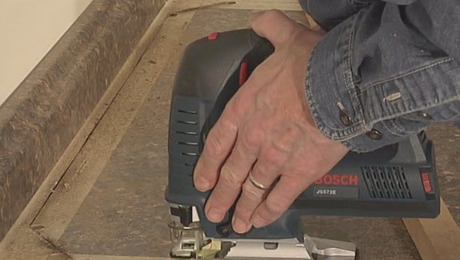

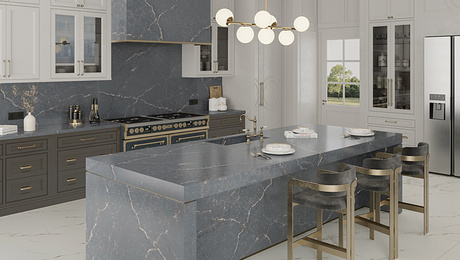

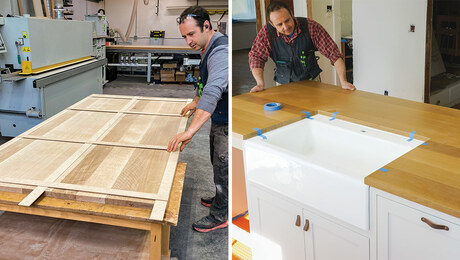










View Comments
Just wanted to warn readers of using boiled linseed oil when it may come in contact with food. In spite of its name, the oil really isn't "boiled". It contains "Japan dryer" which speeds up the drying process through a catalyzation process. At one time, Japan dryer contained lead but this has been replaced by cobalt and other heavy metals. Japan dryer, besides being added to oil finishes, is also added to alkyd finishes. For items that will come in contact with food, there are safer beeswax finishes available. On a counter??? ...but definitely don't use boiled linseed oil on something like a salad bowl.